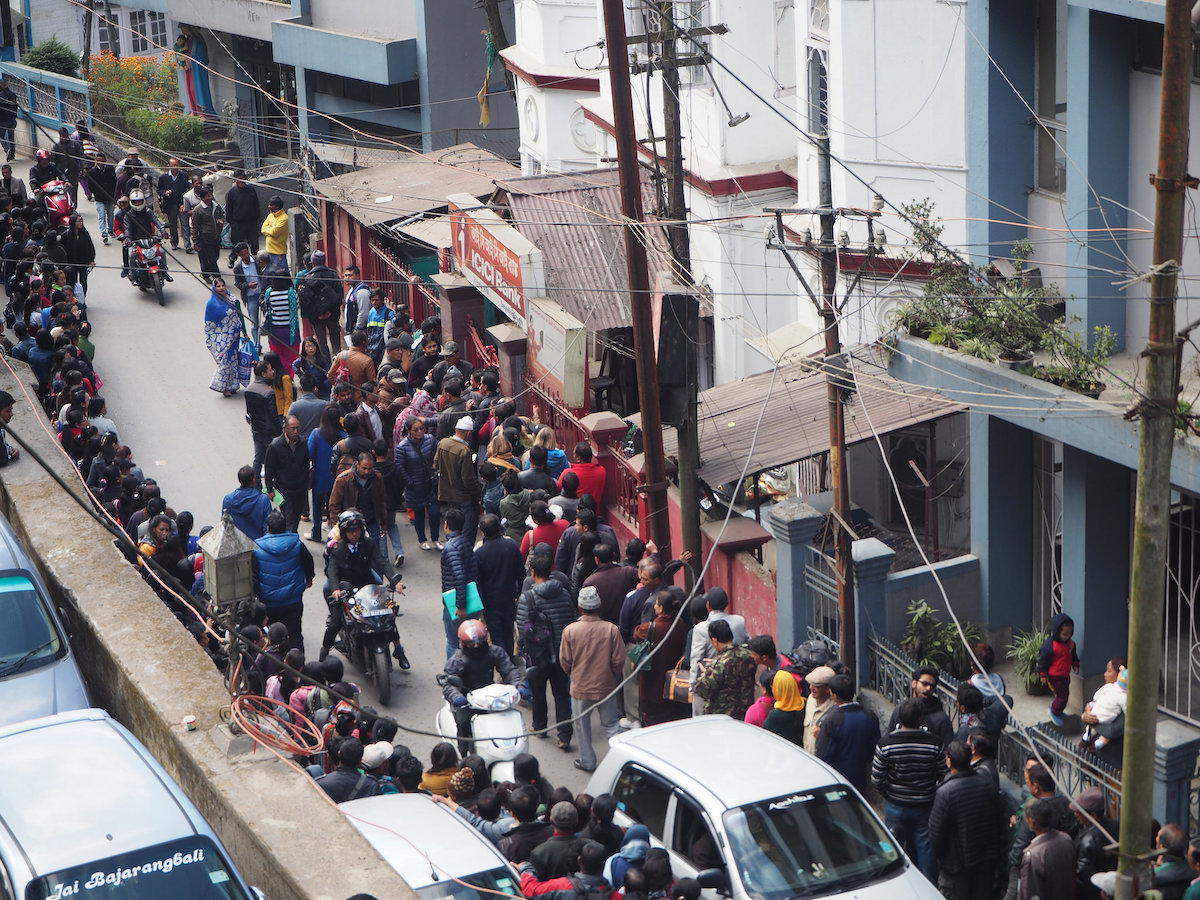Last month, the Supreme Court of India ruled on the constitutional validity of the country’s Aadhaar scheme. Among other things, the court’s decision meant that private businesses are not allowed to use Aadhaar for their Know-Your-Customer (KYC) purposes. For fintech companies offering digital payment services, this complicates a previously straightforward process.
But is it going to curb the growth of cashless payments in the Indian market, as use of cash has recovered from the shock of demonetisation two years ago? In an Insight published in August 2018, independent Insight Provider Ashutosh Datar explored how digital payments fare in India post-demonetisation. In the following post, exclusively on the Smartkarma Blog, he ponders the potential impact of the Supreme Court decision on digital payments.
Sign up or log in to Smartkarma to read more of Ashutosh Datar’s Insights.
One of the objectives of the demonetisation exercise in India that the current government implemented in November 2016 was to shift people away from cash to digital modes of payments.
While currency in circulation has increased in the last two years and is only marginally below the pre-demonetisation average, digital payments have continued to grow at an accelerated pace since taking off in the immediate aftermath of demonetisation.
In the first eight months of this year (January-August 2018), overall retail digital payments grew 52 percent year-on-year, on top of a 54 percent growth in the same period last year.
In contrast, in the two years preceding demonetisation, growth was lower, at 38 percent (in the same period). Clearly, demonetisation has accelerated the shift away from cash and towards digital modes of payments.
To my mind, this is a structural shift in the way people transact. That said, there have been some concerns that recent Supreme Court judgements will impact the growth of digital payments. I think that is unlikely.
I also think that there is a lot that policy can still do to continue to further support this shift towards digital payments. I discuss both these aspects in the following paragraphs.
Recent Supreme Court Rulings on Privacy and Aadhaar Will Not Impact Payments
In the last few months, the Supreme Court of India has given two important judgements. The first held that privacy is a fundamental right of every citizen and the second ruled that businesses cannot use Aadhaar and the underlying biometrics for authentication. There is a fear that this would scuttle the payments space in India and slow down the pace of digitisation. However, those fears are misplaced for a couple of reasons.
The first is that the payments space in India is largely bank-driven – the underlying is a bank account in most cases. The Jan Dhan Scheme that the current government implemented after it came to power has already resulted in millions of new bank accounts being opened.
Thus, millions of individuals have already been ‘onboarded’ to be able to use digital payments. They have a bank account and in most cases a debit card and, in almost all cases, a mobile telephone. That is all that is needed for making the shift to digital payments.
Unified Payment Interface (UPI), the payment mechanism the government introduced during demonetisation, does not need Aadhaar to work. As a corollary, any app built on top of UPI such as a Google Pay or a WhatsApp pay does not need Aadhaar.
The second reason is the recent Reserve Bank of India (RBI) guidelines to first make wallets offered by different providers (such as Amazon and Flipkart) interoperable and eventually make wallets and bank accounts interoperable through UPI.
This effectively means that anyone who uses Amazon Pay (a wallet service from Amazon) can receive funds from someone who uses PhonePe (a wallet service offered by Flipkart) and eventually one would be able to transfer funds from a wallet to a bank account.
This brings wallets on par with bank accounts (albeit non-interest paying bank accounts) from a payment perspective. All existing wallets are already required to be KYC-compliant and thus lack of Aadhaar authentication does not impact existing wallet accounts.
The inability to use the practically ‘real-time’ Aadhaar authentication becomes a problem only for onboarding new customers. But that is less of a problem for payments due to it being driven primarily through bank accounts.
In any case, the lack of Aadhaar authentication does not preclude either wallet companies or banks to onboard new customers. It just adds friction because the onboarding would now be time-consuming and slightly costly due to it involving physical documents.
Further, there remains the distinct possibility of the government bringing in a law that allows the use of Aadhaar authentication, at least on a voluntary basis for limited purposes like doing KYC of customers.
The government has already dropped hints to this effect although this is not something that is imminent. Thus, while the Supreme Court ruling will impact other elements of the so-called ‘India Stack’, it is unlikely to adversely impact the payments space in a significant way.

People queuing for cash in India during demonetisation in 2016. Photo: Monito
What needs to be done?
Payments present a kind of circular reference problem – unless enough users are onboarded, merchants have no incentive to be willing to accept a new payment mechanism. And unless there are enough places where a new payment mechanism can be used, there is no incentive for users to sign up for newer modes of payment.
To an extent, demonetisation has already broken this cycle through brute force – people did not have an option but to use digital modes of payments in the days and weeks post-demonetisation. And this is reflected in the sharp growth in digital payments in the last couple of years. However, there is one missing piece in the payments space from a policy perspective: merchants, traders, and businesses.
There is a need to exponentially increase the number of merchants who will accept digital payments and where digital payments will be the preferred mode of transacting. Historically merchants, especially small merchants, were unwilling to accept digital payments due to the high cost – 2-3 percent per transaction and a fixed cost for the payment processing infrastructure.
However, with UPI, that cost has become negligible. Sometime back, NPCI, Visa, and Mastercard came together to launch the Bharat QR – a QR code that can be deployed by merchants. Bharat QR will be compatible with all modes of payments – UPI, debit cards, credit cards, or wallets. This eliminates the need to have any physical (and costly) payment processing equipment. There is a need to aggressively take this to merchants.
The government has also encouraged encouraging digital payments by reducing the GST rate on digital payments. That talk has since died down. It can be debated whether fiscal incentives are needed to encourage digital payments.
But what is clear to me is that merchants need a ‘nudge’ so that the digital payment becomes the ‘default’ mode of accepting payments. It is my submission that this is something policy needs to prioritise.
On the flipside, there is some work to be done on the consumer side as well. Given the simplicity and convenience of digital payments, end-users don’t really need much convincing to adopt it. They need an app or software that just works seamlessly across platforms, at all merchants and at all times.
This is where policy should encourage innovation – WhatsApp (still in beta phase) is a good example of how payment can be seamlessly integrated into a widely used app. There is no reason why there cannot be more innovation in this space.
And banks need not be the ones driving that innovation. In fact, banks most likely will not be the ones which will drive that innovation. Fintech companies will have a major role to play here. There is still a lot to be done to build on the nascent payments’ revolution in India.




